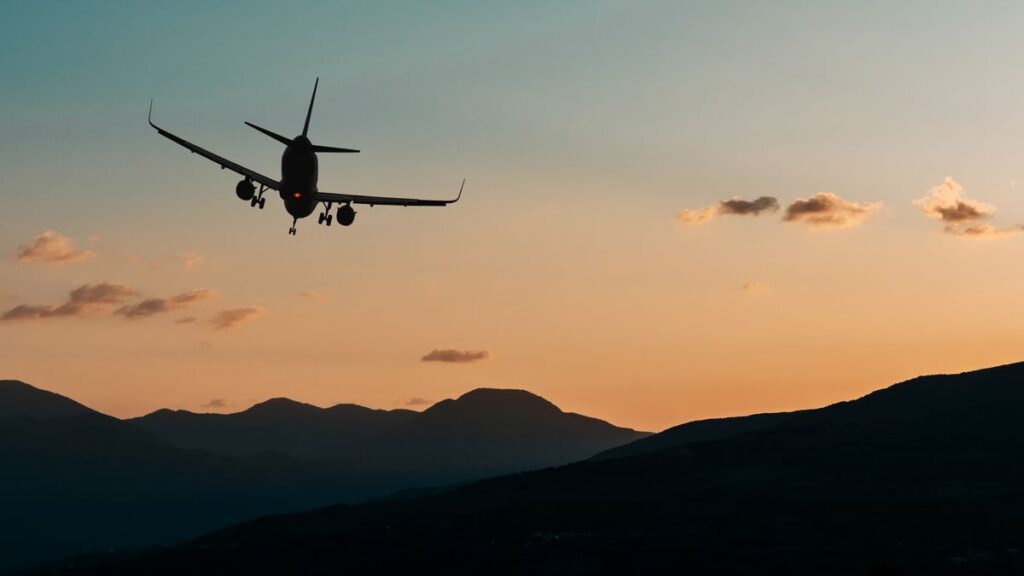Scientists are testing an alternative to the global position system (GPS) that uses phone signals to act as an emergency backup for pilots in case their standard in-flight equipment is jammed or malfunctions.
The 31 operating GPS satellites orbit Earth twice daily, emitting precise signals that receivers on the ground can pick up and analyze to determine how far away they are from the satellites. GPS devices use data from three satellites to precisely triangulate the user’s precise location.
Although GPS is highly reliable (the Federal Aviation Administration (FAA) certifies it as accurate to within seven meters 95% of the time) it isn’t immune from issues. GPS connections cannot be counted on in and around regions of conflict and can be jammed by malicious parties. Hackers can also “spoof” GPS signals to present pilots with misleading information about their location or direction of travel. Beyond this, GPS systems can malfunction or stop working altogether. If a commercial airliner lost its GPS signal, it could put everyone on board at risk.
Beyond this, GPS systems can malfunction or stop working altogether. If a commercial airliner were to lose its GPS signal, it could put everyone on board at risk.
Related: X-ray vision chip gives phones ‘Superman’ power to view objects through walls
“The impacts of losing GPS could be felt throughout society,” said lead author of the study Jennifer Sanderson, an electrical engineer at Sandia National Laboratories and an expert in navigation algorithms, in a statement.
The project, carried out by researchers at Sandia National Laboratories and Ohio State University, aims to create a robust safety net for airborne navigation systems that uses a floating receiver to detect radio waves from communications satellites and cell towers in relation to a plane. It then uses this information to provide pilots with navigation data.
Signals that can be used for navigation, even if that’s not their intended use, are known by scientists in the field as “signals of opportunity.” They may rely on processes such as the Doppler effect, in which waves become crushed or stretched depending on whether they’re moving closer to or farther away from a defined point, to determine position and velocity.

In this case, researchers strapped antenna payloads to weather balloons and sent them into the stratosphere — the layer of Earth’s atmosphere between about 4 and 31 miles (6 to 50 kilometers) above the planet’s surface — to sit between the satellites and towers and aim to detect their individual signals. These payloads could theoretically act as emergency beacons if a pilot were to lose their GPS signals.
At present, the researchers have to manually determine which satellites sent which signals based on available reference data. Going forward, the team will work on using algorithms to allow for payloads to automatically identify satellites and how this relates to a user’s position and velocity in real time.
“While we are still processing the flight data, we believe our preliminary findings indicate that we detected cell tower signal beacons at our peak altitude of about 82,000 feet [25,000 m],” Sanderson said. “If these signals are clean enough for navigation, it will significantly change what we thought was possible for alternative navigation.”
Previous tests of the technology took place between 5,000 and 7,000 feet (1,500 to 2,100 m), whereas this new project has sent payloads as high as 80,000 feet (24,300 m). If the payload can reliably return navigational data from this altitude, it could have real-world benefits for air travel.
Although the payloads float at high altitudes to better receive signals from both communications satellites and cellphone towers on the ground far below, it’s not a foolproof method. Satellites focus their radio waves down to Earth for an optimal signal on the ground, so picking strong signals up at weather balloon height isn’t guaranteed.
Researchers will have to gradually improve detection capabilities and speed to account for this potential for error down the line.
